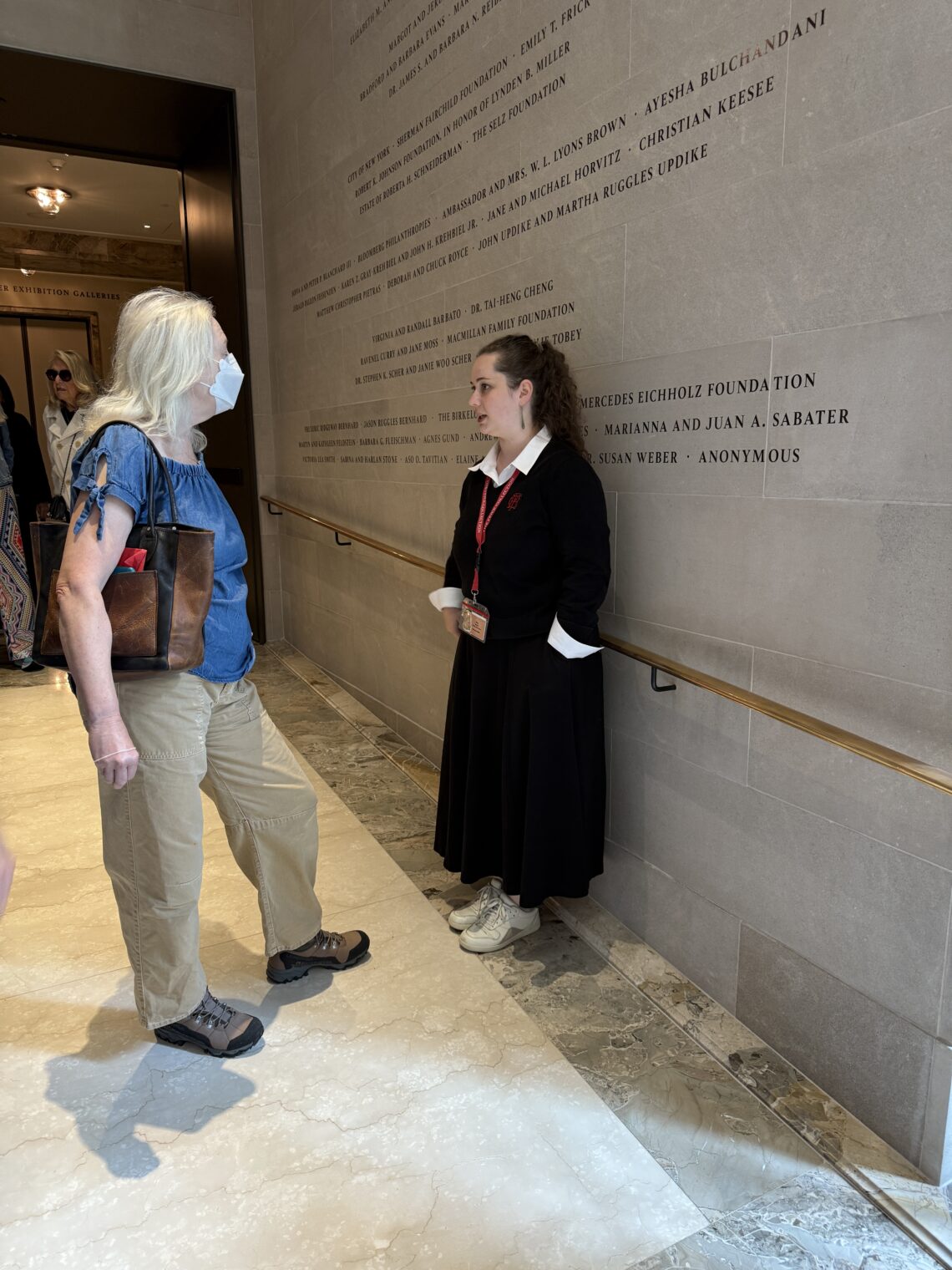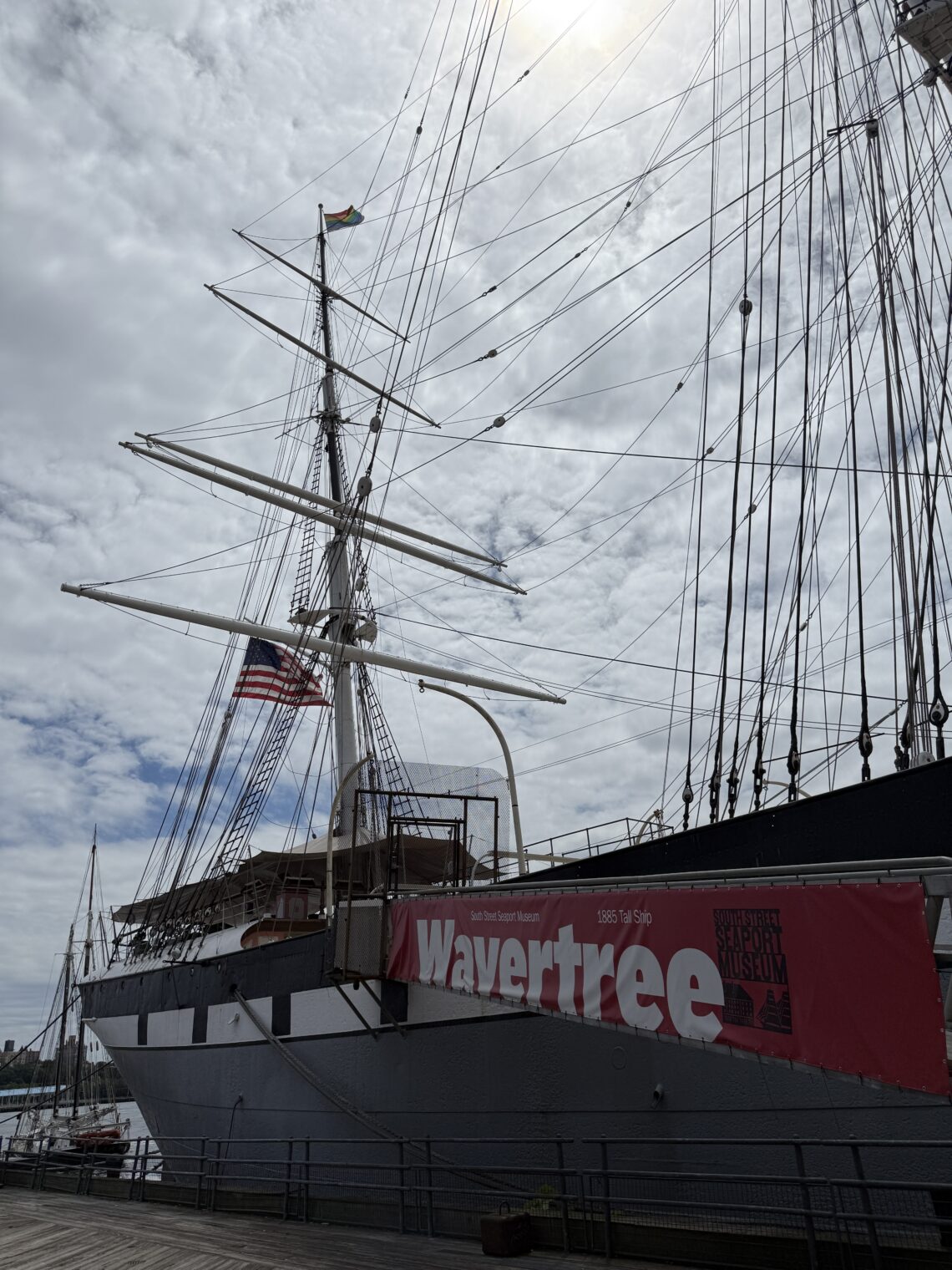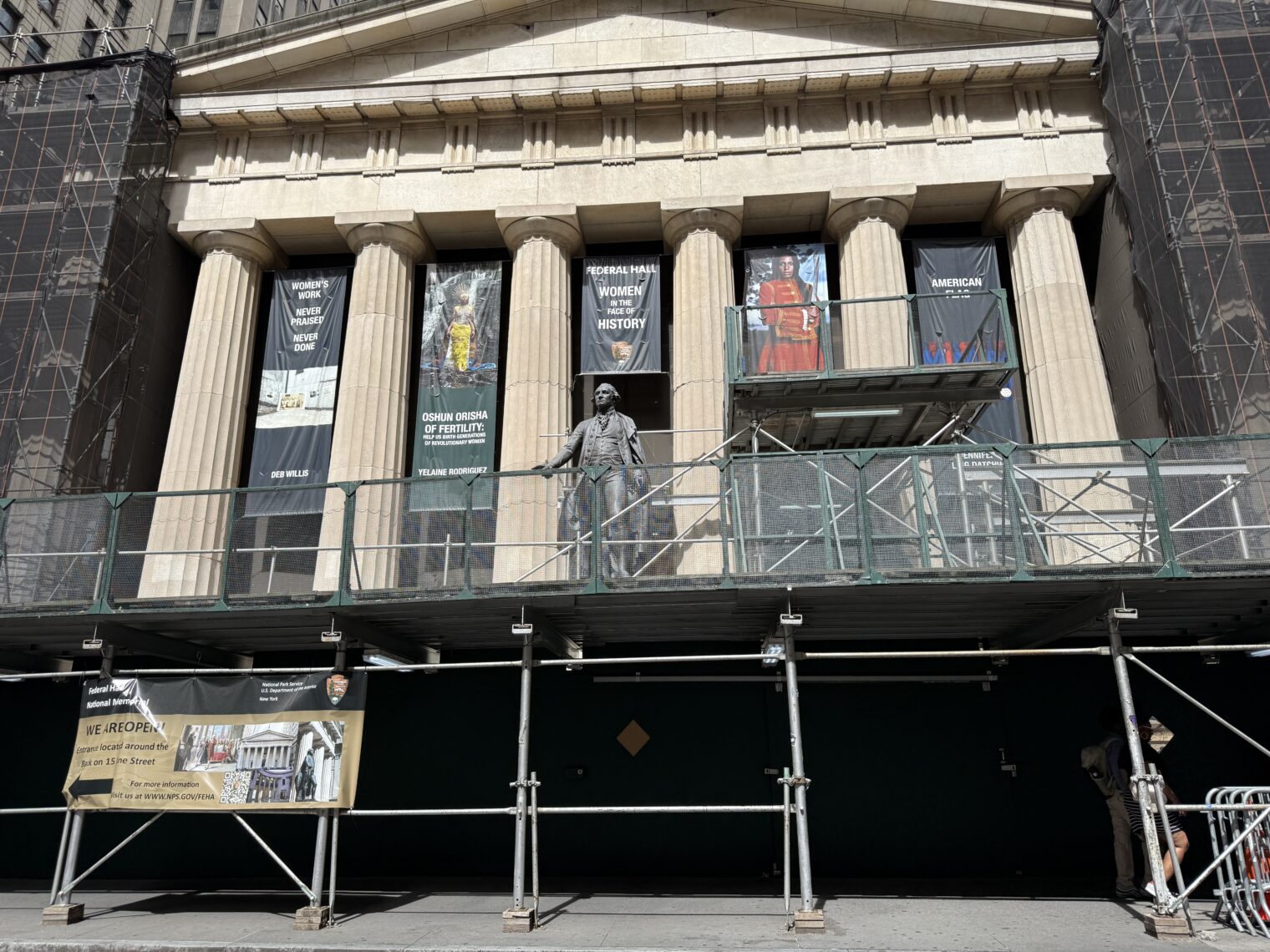Last night: “Mamdani repeatedly accuses Israel of genocide in NYC mayoral debate”
Also last night: Mayor Mamdani picks FDR as his “favorite modern-day president”.
This is a curious choice given that FDR was an enthusiastic proponent of killing as many Japanese and German civilians as technology allowed, e.g., 100,000 in just one night in Tokyo in March 1945, in order to force Japan and Germany into unconditional surrender (both nations repeatedly expressed willingness to negotiate mutually acceptable peace treaties, but the U.S. rejected the idea in favor of killing more Japanese and Germans). I can’t think of any American president who has been responsible for killing more civilians than FDR directed to be killed. If the Israelis followed FDR’s example, they would have shelled and bombed the Gazans, without texting/phoning warnings in advance, until the Gazans decided to surrender. Instead of sending food, water, and other supplies to the Gazans, the Israelis would have implemented something like Operation Starvation, the U.S. operation intended to prevent food from reaching Japan via ship (begun under FDR and continued under President Truman).
FDR is also a curious choice because he’s responsible for putting Japanese Americans into concentration camps during WWII (blessed by the Supreme Court) out of mere suspicion that they might try to work against the U.S. government’s program of killing as many Japanese soldiers and civilians as quickly as possible. Zohran Mamdani explicitly says that he wants to fight against the federal government (example below). If Trump followed FDR’s example, Zohran Mamdani would be interned for the duration of the federal effort to arrest and deport undocumented migrants with criminal records (“New Yorkers”, in Mayor Mamdani’s parlance).
(Omar Fateh, the next mayor of Minneapolis, would also be interned because he has also pledged to work against the federal government’s goals.)
Maybe FDR is celebrated by Mamdani because he gave Americans free cash? Ida May Fuller, for example, got paid nearly 1000X what she’d contributed to Social Security. Who wouldn’t love that?
Mayor Mamdani attacked Cuomo for his failure to visit mosques. I wonder what would have happened if Cuomo had talked about visiting Al Farooq Mosque in Brooklyn where some of the 1993 World Trade Center bombers met. See “Brooklyn Mosque Becomes Terror Icon, but Federal Case Is Unclear” (NYT, 2003):
Al Farooq Mosque in Brooklyn, a six-story converted factory trimmed in orange and gold, has been many things to many people during its life: a mystery, a noisy neighbor, a source of suspicion, and, for thousands of Muslims who live or work along Atlantic Avenue, the main street of Arab Brooklyn, a place of worship.
Last week, the mosque became, not for the first time, a symbol of terror. A federal affidavit unsealed on Tuesday describes links between the mosque, several Brooklyn businessmen and a cleric in Yemen who, prosecutors say, claims to have funneled more than $20 million to Al Qaeda. ”They did their fund-raising right here in our own backyard,” Police Commissioner Raymond W. Kelly said.
But while Al Farooq has been the spiritual home of some infamous men — including, briefly, the blind Egyptian sheik eventually convicted in the 1993 World Trade Center bombing and the man who killed Rabbi Meir Kahane in 1990 — the role of the mosque and its members in supporting more recent terrorist activity remains unclear.
(New Yorkers responded to the 1993 jihad, which killed 6, including a pregnant woman, and injured more than 1,000, by advocating for increased levels of Islamic immigration and then responded to the 2001 jihad against the World Trade Center by advocating for completely open borders to Muslims.)
Who watched the debate? I saw a few snippets on X. I was, of course, happy to see Florida Realtor of the Year 2020/2021 (Andrew Cuomo) and Florida Realtor of the Year 2026 (Ayatollah Mamdani) on stage at the same time. Mostly, however, I’m amazed that these are the three ablest humans among the 8.5 million (or 9 million if we count the uncountable undocumented?) residents of New York City.
Separately, I’m close to 100,000 views on this X reply:
It is unfair to paint Mr. Mamdani as a Hamas supporter. Based on his public statements, he is equally aligned with Palestinian Islamic Jihad (PIJ).
Full post, including comments 































